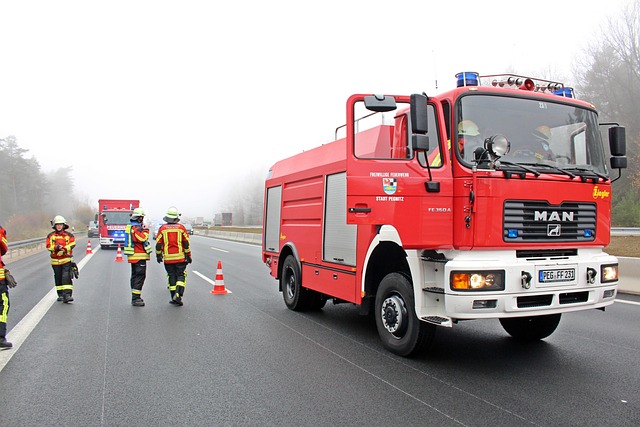Motorcycle accidents pose a high risk of severe spinal injuries due to the force of impact on the spine, which supports the head and protects the spinal cord. While technology and safety standards have improved, proper helmet use remains critical, absorbing and distributing impact to reduce forces on the head and spine. Advanced helmets with features like ventilation channels and energy-absorbing linings offer enhanced protection against spinal injuries, compared to basic models. Informed helmet choices and defensive riding techniques are key for minimizing risks in motorcycle accidents.
In the high-risk world of motorcycle riding, understanding the potential consequences of accidents is paramount. Motorcycle accidents can lead to severe injuries, with spinal injuries being particularly devastating. This article delves into the critical role of helmets as a primary defense against such injuries. We explore how these protective devices significantly reduce the risk of spinal damage, and examine various helmet types and their effectiveness in real-world scenarios, emphasizing the importance of informed choices for riders’ safety.
- Understanding Spinal Injuries in Motorcycle Accidents
- The Critical Role of Helmets in Protection
- Types of Helmets and Their Efficacy in Preventing Spinal Damage
Understanding Spinal Injuries in Motorcycle Accidents

Motorcycle accidents can lead to a range of serious injuries, with spinal injuries being particularly concerning. The spine is a vital part of the body, supporting the head and protecting the spinal cord, which controls movement and sensation below the neck. In a motorcycle collision, the force of impact can cause various spinal issues, from bruising and fractures to more severe conditions like spinal cord damage or paralysis. These injuries can have long-lasting effects on a rider’s mobility and quality of life.
Understanding the potential for spinal injuries in motorcycle accidents is crucial. Wearable technology and improved safety standards have reduced some risks, but they still occur frequently. Proper helmet use is an essential defense against these injuries. Helmets designed for motorcycle riding provide impact absorption and distribution, reducing the force transferred to the head and spine during a crash. This simple yet effective measure can make a significant difference in preventing severe spinal injuries, especially when combined with other safety precautions like defensive riding techniques and adequate medical training.
The Critical Role of Helmets in Protection

Motorcycle accidents can result in severe injuries, with spinal injuries being among the most critical and life-altering. Here’s where helmets play a pivotal role in protection. They are designed to mitigate the force of impact during a crash, significantly reducing the risk of serious spinal damage.
In the event of a motorcycle accident, a helmet acts as a shield, absorbing a portion of the impact energy and distributing it across a larger surface area. This simple yet powerful mechanism can prevent or lessen the severity of traumatic brain injuries (TBI) and spinal injuries, which are common in such incidents. By wearing a well-fitted and certified helmet, riders can significantly enhance their chances of walking away from an otherwise catastrophic motorcycle accident without sustaining permanent damage.
Types of Helmets and Their Efficacy in Preventing Spinal Damage

Motorcycle riders often rely on their helmets as a crucial line of defense against severe injuries, including those to the spine, in the event of an accident. These protective headgear come in various types, each designed with specific safety features and levels of protection. From basic hard shells to advanced models with face shields and impact-absorbing linings, understanding the differences can help riders make informed choices that could potentially save lives.
Hard shell helmets remain a popular choice due to their lightweight design and affordable price points. They are effective in reducing the force of impact on the head, thereby minimizing the risk of traumatic brain injuries (TBI). More advanced models incorporate additional safety mechanisms like multiple ventilation channels, quick-release visors, and energy-absorbing inner linings. These features not only enhance comfort during riding but also significantly improve protection against spinal injuries in motorcycle accidents. Unlike medical negligence or defective products claims involving car accidents, which often involve complex legal proceedings, helmet effectiveness is primarily determined by their adherence to safety standards and proper usage by the rider.
Motorcycle accidents can lead to severe spinal injuries, but wearing the right helmet can significantly reduce this risk. By understanding the different types of spinal injuries and the critical role helmets play in protection, riders can make informed decisions. Various helmet styles offer varying levels of efficacy in preventing spinal damage, emphasizing the importance of choosing an appropriate fit and certification. In terms of motorcycle safety, ensuring you’re equipped with proper protective gear, especially a well-fitting helmet, is a game-changer. Remember, in the event of a crash, your head and spine are at heightened risk, making this simple step a testament to your commitment to safeguarding your health.





